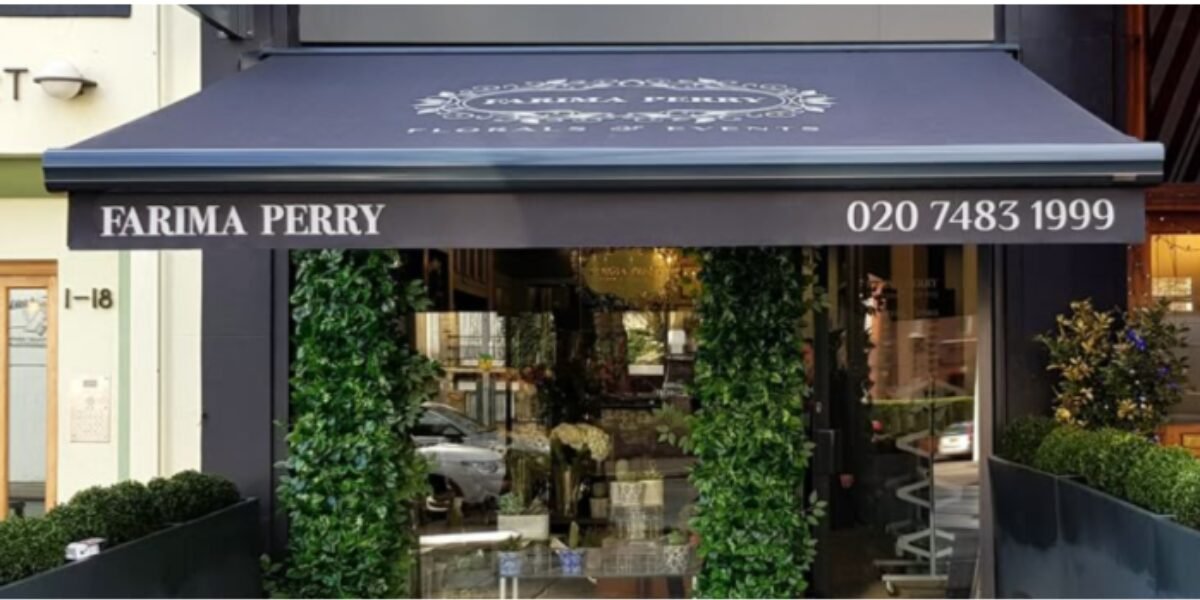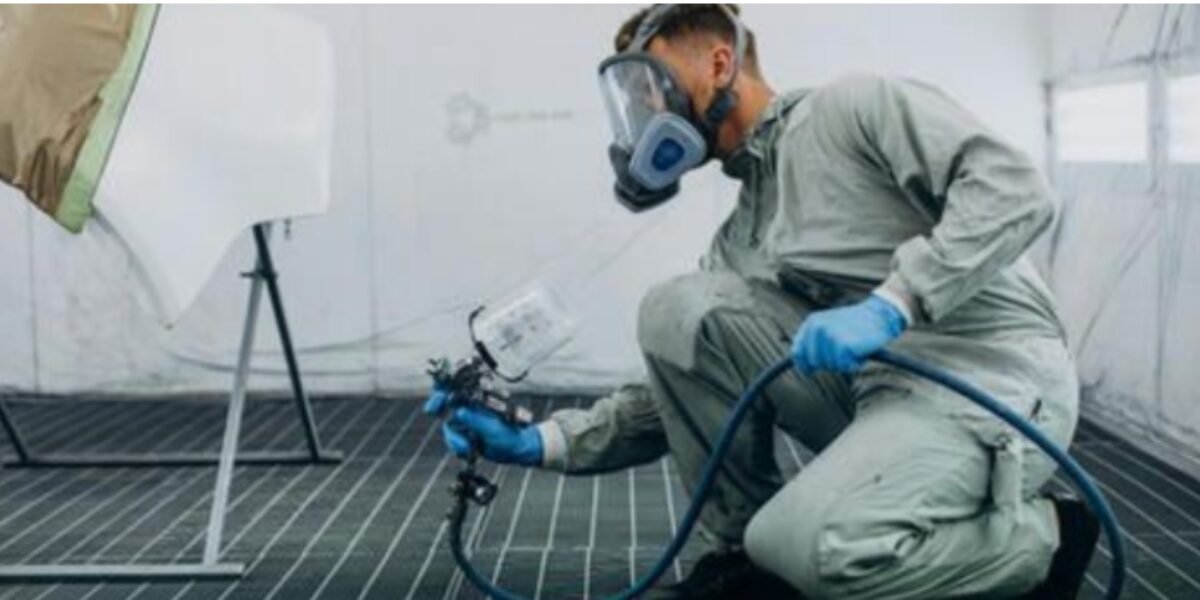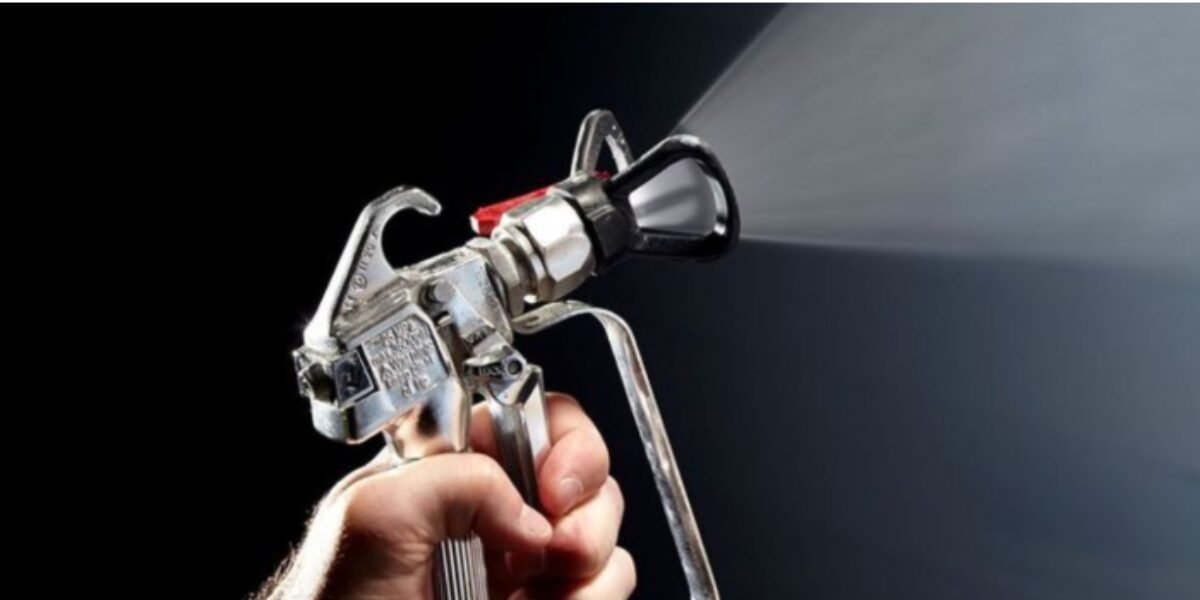Addressing Common Myths About Commercial Spray Painting
The world of commercial spray painting is rife with misconceptions and myths that could potentially steer businesses and individuals away from availing of this efficient and effective painting method. In this article, we aim to clear the air on some of these common myths, reinforcing the reality of commercial spray painting’s benefits, flexibility, and advancements in environmental stewardship.
Key Takeaways
| Myth | Reality |
|---|---|
| Brushing is superior to spraying. | Spray painting provides faster, more consistent finishes. |
| Spray paints absorb differently on substrates. | Coatings applied via spray are as evenly distributed as other methods. |
| Spray painting isn’t environmentally friendly. | Advances in technology enable the use of eco-friendlier paints. |
| Spray painting is only for large projects. | Whilst efficient for large scales, spray techniques suit all sizes. |
Introduction
Commercial spray painting, a cornerstone of automotive, industrial, and decorative sectors, is often shadowed by myths that undermine its efficacy and advancements. These myths not only misrepresent the technique but also hinder businesses and contractors from utilising an optimal painting solution.
The Efficiency and Effectiveness of Commercial Spray Painting
Compared to traditional methods like brushing and rolling, spray painting stands out for its efficiency and effectiveness. The technique is renowned for ensuring rapid execution, which is pivotal in commercial settings where time is often of the essence. This speed does not compromise quality; on the contrary, it facilitates consistently superior finishes across vast surfaces, including challenging non-flat areas.

Moreover, spray painting adapts seamlessly to detailed jobs, reaching nooks and crannies that brushes and rollers may miss or cover inadequately. The concern that substrates absorb spray differently than they do other forms of paint application is unfounded. Scientifically, the method of application doesn’t alter the way paint adheres to or is absorbed by surfaces.
For more insights on the efficiency of commercial spray painting, check out our FAQ.
Debunking Myths About Spray Painting Techniques
It’s a myth that brushing or rolling paint onto a surface is inherently superior to spraying. Such beliefs stem from misconceptions surrounding spray painting’s thoroughness and result quality. In reality, spray painting offers unparalleled adaptability and smooth finishes that traditional methods find hard to match — even in intricate designs and tight spots that demand precision.
The myth concerning substrates “sucking in” paint more when applied by spray techniques has been disproved time and again. Liquid absorption by porous materials is a characteristic of the material itself and not the application method. This ensures that spray painting provides an even, consistent coating, rivaling any traditional methods in both coverage and finish quality.
Discover more about our superior spray painting techniques on our Home Page.
Environmental Considerations and Commercial Spray Painting
In recent years, the spray painting industry has made leaps towards reducing its environmental footprint. The use of eco-friendlier paints with lower levels of volatile organic compounds (VOCs) has become more prevalent, aligning with global efforts to curb pollution and protect the environment.

Strategies for minimizing waste have evolved as well, emphasizing the importance of responsible disposal practices and the reduction of overspray. These measures not only contribute to environmental sustainability but also enhance the efficiency and appeal of spray painting as a commercial service.
Overcoming Challenges in Commercial Spray Painting
Despite the myriad advantages, spray painting is not without its challenges. Overspray, for instance, requires careful management to prevent unintended coverage. However, with tactical protective measures in place, this risk is significantly mitigated.
Another challenge lies in the development of proficiency. Mastering spray painting techniques to ensure reliable, high-quality distribution requires practice and understanding, particularly regarding optimal distances, angles, and pressurizations. However, the investment in skill development pays off, culminating in enhanced project efficiency and finish quality.
Conclusion
Commercial spray painting is characterized by its efficiency, effectiveness, and adaptable application across various project scales, invalidating many misconceptions that have long shadowed its practice. Through continuous innovation and a commitment to environmental responsibility, the technique stands as a testament to modern painting solutions’ transformative potential.
Explore more about the truths behind spray painting myths and how we’re pushing the boundaries through our Blogs.
This article sheds light on facts, debunking widely held myths about commercial spray painting. As we continue to innovate and improve, we invite you to look beyond these misconceptions and consider the tangible benefits our spray painting services offer.







